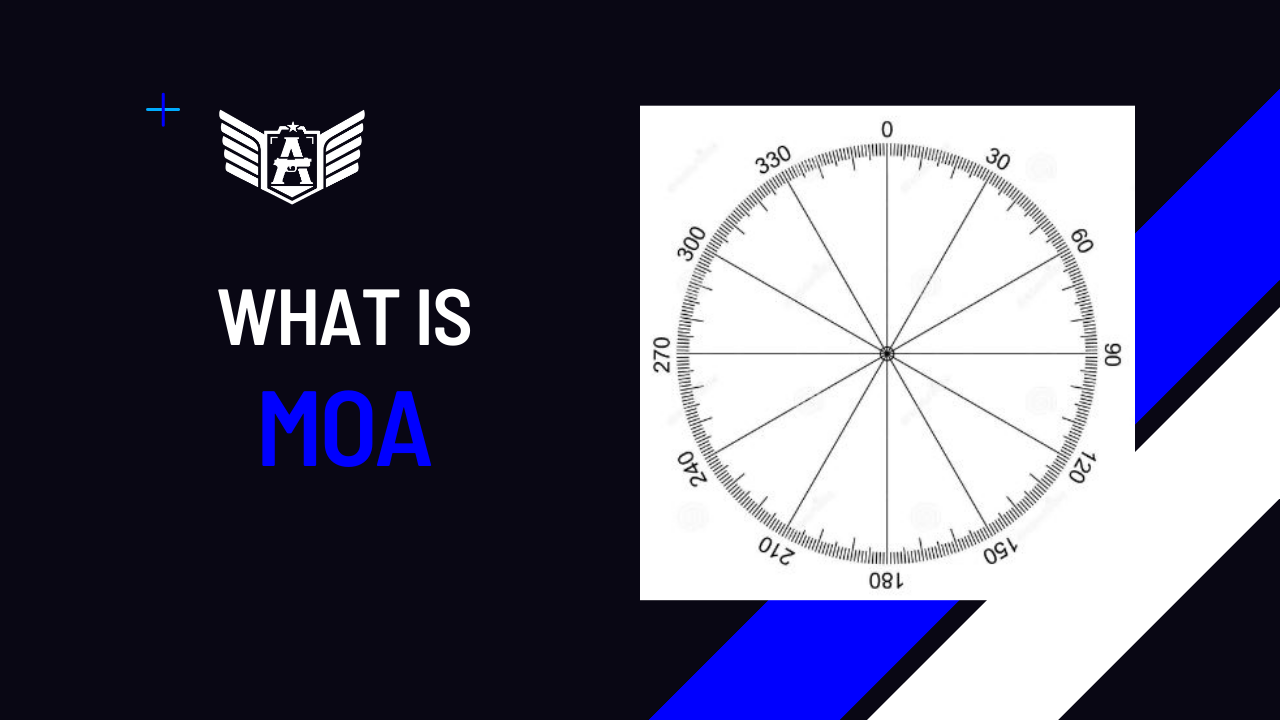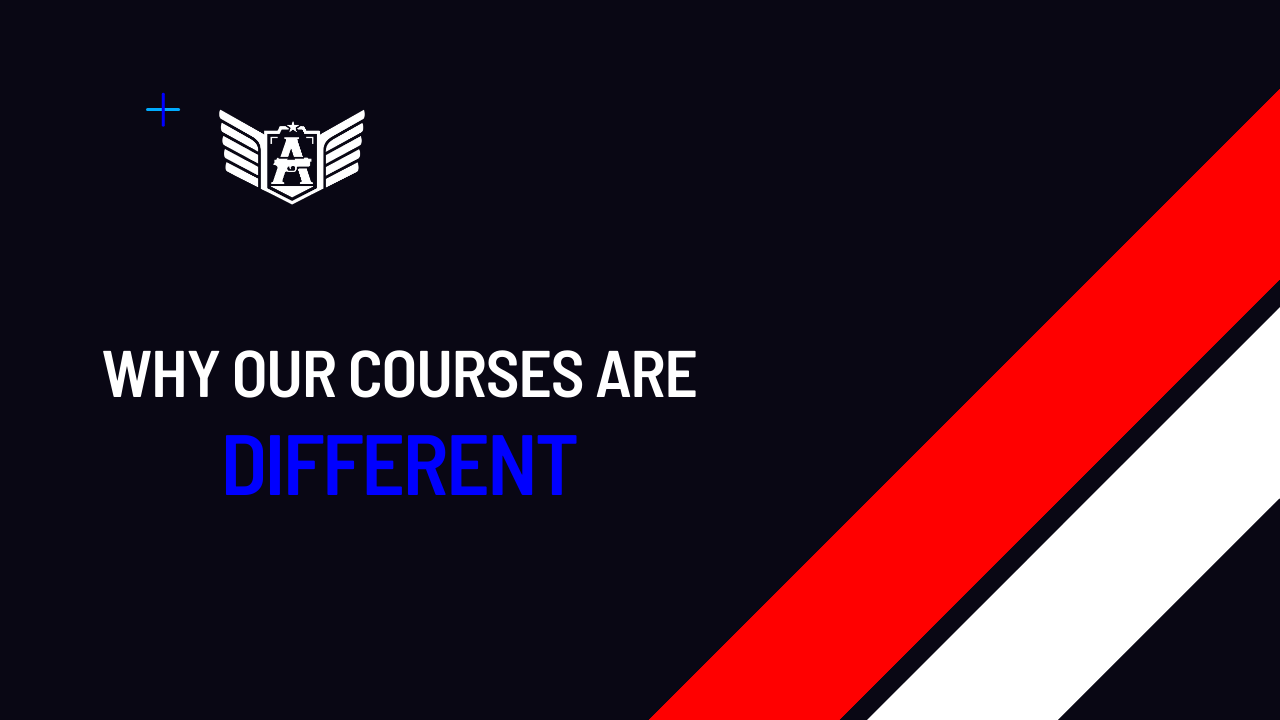
The topic of parallax is often discussed with much confusion and misconception, particularly within the realm of firearms and shooting. In this article, we aim to shed light on the concept of parallax and its significance in shooting.
Parallax, in its essence, refers to the apparent change in the position of an object when viewed from different perspectives. While the term is not exclusive to the world of shooting, it holds particular relevance in the context of optical aiming devices such as scopes and riflescopes.
Many individuals mistakenly conflate parallax with other phenomena, such as offset or misalignment between the line of sight and the barrel of the firearm. While offset is indeed a factor to consider in shooting accuracy, it is distinct from parallax.

In shooting optics, parallax occurs when the reticle appears to shift in relation to the target, particularly at longer distances. This effect is most pronounced when the shooter’s eye is not properly aligned with the optical axis of the scope. However, modern scopes are equipped with parallax adjustment mechanisms, allowing shooters to mitigate this effect by calibrating the scope to the desired shooting distance.
According to Space.com: “In astronomy, it is an irreplaceable tool for calculating distances of far away stars. (…) Observed from Earth, the night sky appears two-dimensional. But it’s anything but. However, it took astronomers thousands of years to figure out how to measure distances of stars from our planet and create actual three-dimensional maps reflecting the distribution of stars and galaxies in the universe. One of the key methods they use is the so-called parallax, which relies on the same effect as stereoscopic vision. (…) When it comes to measuring distances to other stars, there are no two eyes that could do the trick. Instead, the orbit of Earth around the sun provides the baseline for these calculations. Every six months, the planet changes its position with respect to the surrounding universe by 186 million miles (300 million kilometers). Since we are making this motion together with Earth, we can (theoretically) observe its effect as tiny circles that stars perform in the sky every year. Due to the vast distances to even the nearest stars, these circles are barely noticeable so detecting and measuring them is extremely difficult.“
To understand parallax more intuitively, consider a simple exercise: point your finger at a fixed point in your surroundings and close one eye, then the other. You may notice that the point of focus appears to shift slightly relative to your finger. This discrepancy arises from the difference in perspective between your two eyes, illustrating the concept of parallax.
According to Swarovski Optik:
The parallax is the error that occurs when shooting long- or short-range shots without looking through the center of the rifle scope. It results in a displacement between the target and the reticle. It only occurs when the eye is positioned outside of the optical axis, e.g. when looking into the eyepiece at an oblique angle. Nowadays, with a few exceptions, hunting firearms are sighted in at 100 m (109 yds). Rifle scope manufacturers also abide by this rule and factory-set the rifle scopes so that the image of the object is exactly in the plane of the reticle at this range. At this distance, the object’s image and reticle is still covered, even if the hunter looks through the rifle scope at an oblique angle. In this case, the rifle scope is set to be parallax-free at 100 m (109 yds). Example: For distances that are greater or smaller than the set parallax-free range, the object image in the scope is a few hundredths of a millimeter in front of or behind the reticle. As long as the hunter continues to look straight through the center of the rifle scope, the correct impact point is maintained. But if the marksman looks through the scope at an angle, the aiming point appears slightly offset compared to the reticle. If the target is 250 m (273 yds) away, for example, the object image in the rifle scope moves a tiny 0.164 mm (0.0065 in) in front of the reticle. This is roughly the same thickness as two sheets of paper and produces a maximum display error (parallax error) of 3.7 cm (1.5 in) at a target distance of 250 m (273 yds).

Acording to Winchester, “to adjust a scope where parallax is an issue, adjust the parallax adjustment all the way to infinity. Then aim your rifle at a target set at a known distance, obtain a sight picture through the optic and adjust the knob or ring back until the reticle becomes clearer. Make it as crisp as you can here. Then, lift your cheek off the stock while still looking through the scope and move your eye around. Still see the crosshairs moving off target some when you do?
Keep adjusting—slowly then checking, slowly then checking—until you can move your eye around a little while looking through the scope and the crosshairs of the reticle don’t move off the target, but rather stay crisp and centered right where they should.
Now your parallax should be set and you should be ready to shoot or hunt. Lock the adjustment in. You shouldn’t have to ever touch it again unless someone else has been shooting your gun or it has been dropped hard. Then you may want to at least check it.“
Parallax is a fundamental concept in shooting, influencing the accuracy and precision of firearm optics. By understanding and accounting for parallax, shooters can optimize their aiming technique and improve their overall performance on the range or in the field.
References:
Space.com – https://www.space.com/30417-parallax.html
Winchester – https://winchester.com/Blog/2017/10/understanding-and-correcting-parallax
Swarovski Optik – https://myservice.swarovskioptik.com/s/article/What-is-a-parallax?language=en_US#:~:text=The%20parallax%20is%20the%20error,the%20target%20and%20the%20reticle.




